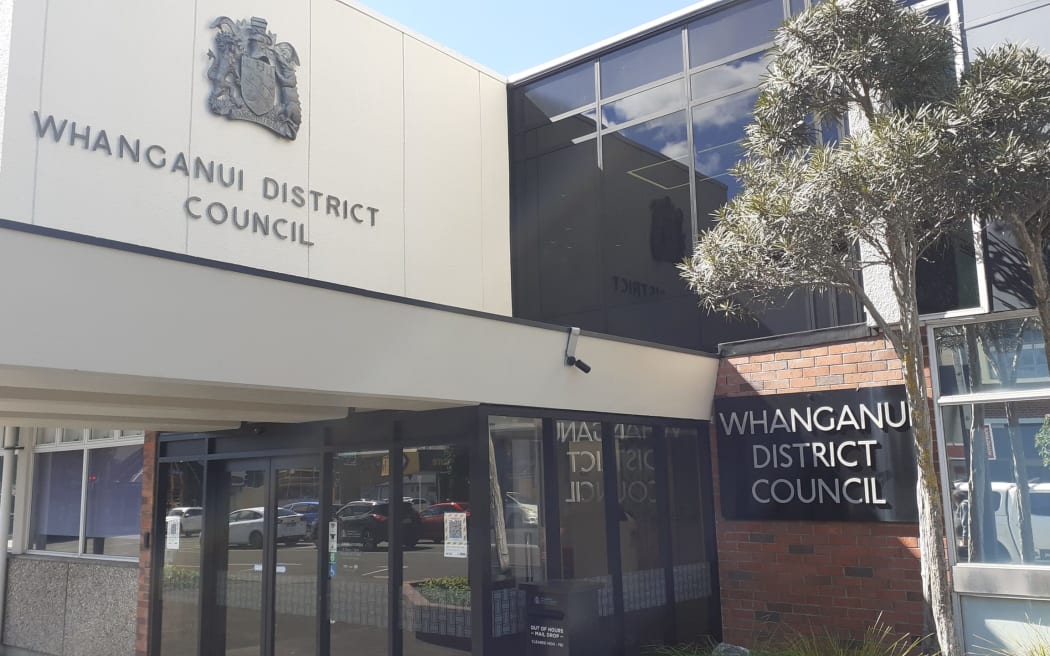Poor areas hit hardest by Whanganui rate rises

Rates in some of the poorest areas of Whanganui will increase by nearly 20 percent, while affluent suburbs will see rates rise only 0.5 percent on average.
Whanganui District Council today set its rates for 2023/24, with rises averaging 7.9 percent across the district.
Mayor Andrew Tripe acknowledged there were "significant variations", driven by last year's property revaluations.

In the suburb of Aramoho, rates will jump an average of $552.81 to $3391, an increase of 19.5 percent.
Castlecliff rates will rise an average of $507.56 to $3218, an increase of 18.7 percent, and Gonville rates will go up an average of $367.72 to $3399, up 12.1 percent.
In contrast, rates for some of Whanganui's highest-value properties in St John/Otamatea will edge up $19.69 to $3979, up 0.5 percent. In Springvale, rates will rise only $4.72 to $3638, up just 0.1 percent.
Tripe told Local Democracy Reporting the revaluations by Quotable Value (QV) identified dramatic increases in land value, particularly in lower-priced areas like Aramoho, Gonville and Castlecliff.
"Right through the [rates setting] journey we've communicated and been at pains to say those particular areas would be impacted more than others because they are traditionally lower-priced areas, but the cost of land has gone up - and they often have a significant amount of land.
"Places like St John's Hill and Springvale have already had their land value priced at a higher level than other areas and are already paying, on average, higher rates than other parts of the city.
"The revaluation reflects the reality on the ground, which is that the overall price of property has gone up across Whanganui - and in parts of the city land prices have gone up a far higher percentage in proportion."
Whanganui land had generally doubled in value over the past few years, and a higher increase in rates "goes with territory", Tripe said.
"Even so, if you're in a lower-priced property your rates will be less than those in higher-priced properties.
"There's no doubt that, come the first week of August when ratepayers receive their rates statements, some will be really struggling to pay. The reality is that whilst it's a significant amount, it's still only $5 per week on average per household."
Average residential rates in Whanganui will increase $255.79 to $3398, based on an average land value increase of 95 percent and rise in capital value of 56 percent.
Tripe said people struggling to pay could be eligible for rates rebates of up to $750.
The rates system was fundamentally flawed and the funding model for local government needed to change, he said.
"The system is failing our community.
"We are basically reliant on our rates income to run our district and the council's cost pressures have increased as well: inflation, interest rates hikes and construction costs.
"Just to run the basics across our district has got more expensive."
Council finance manager Simon Manville told councillors the average rates rise had been clawed back from 8.3 percent to 7.9 percent, thanks to the latest data showing a significant rise in the number of new properties.
District-wide capital valuation was $9.97 billion last year.
"Following new valuation this year it's $15.49b, an increase of $5.51b, or 55 percent in capital value across the whole district," Manville said.
Local Democracy Reporting is Public Interest Journalism funded through NZ On Air